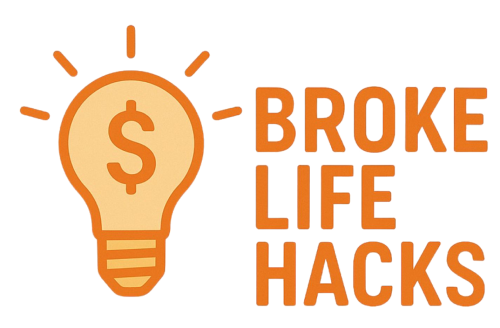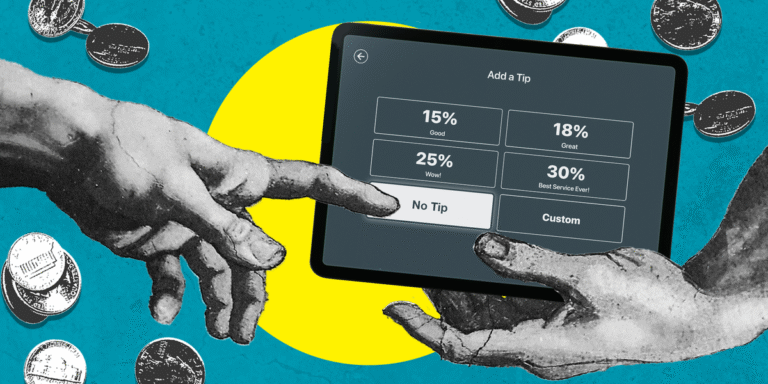The Touchscreen Tipping Epidemic: A Comedy of Errors
Ah, the touch-screen cash register: a little piece of technology that has become the ultimate villain in the saga of modern dining. Who knew that the end of our convenience would come packaged with an “Are you sure you don’t want to leave a tip?” button?
According to a recent Pew survey, a staggering 72% of U.S. adults reported that tipping has become more expected over the last five years. Thanks to the delightful innovation of digital payment systems, we can now experience the joy of tipping fatigue in splendid isolation—there’s nothing quite like shelling out extra cash for a latte that cost seven bucks. I mean, what’s next? A “thank you for your patronage” surcharge?
The pandemic didn’t just encourage us to wash our hands more frequently; it also gifted us with the delightful experience of touchless payment. Businesses rushed to adopt this new tech, eagerly incorporating a default tip screen into nearly every transaction. Because, obviously, we all need a reminder of our social obligations after just paying for bread and milk. Talk about an emotional rollercoaster!
Ironically, this quest for more tips has backfired spectacularly; service workers are raking in fewer tips now than during the pandemic. Yes, folks, overall tipping is on a downward spiral—like your hopes for a stable economy. A 2023 Bankrate survey uncovered that only 65% of diners at sit-down restaurants always tip, a drop from 77% in 2019. Clearly, we’re saving our pennies for something far more pressing—like avocado toast.
Experts attribute this “tip dip” to factors such as relentless inflation, a necessary correction to the pandemic’s “tips for all” ethos, and, of course, the weary phenomenon of tipping fatigue. After all, when faced with the easy option to decline a tip on a touch screen, why wouldn’t you take it? It’s almost as liberating as declaring your own independence from colonial rule.
Now, whether it’s fair or not that we let employers abdicate their wage responsibilities to us, the consumer, is a topic for another therapy session. The federal minimum wage for tipped workers stands at a meager $2.13 per hour, whereas in some fortunate states, establishments are required to pay full minimum wage. Can you feel the warmth of capitalism in the air?
Barbara Sloan, author of Tipped, acknowledges our fatigue, but she suggests we combat it by crafting our own tipping rules. Start with a baseline of 15% for good service at sit-down types of places, and consider bumping it up to 25% for extraordinary experiences. Take note: paying for your takeout doesn’t quite warrant a tip. But if the barista magically turns your basic coffee into a frothy masterpiece, perhaps a 15% tip is warranted.
Here’s a few other guidelines, drumroll please: Grocery delivery? Five bucks, or 15% if you’re feeling generous. Food delivery? A $3-$5 tip should suffice (that’s a mere 15% to 20%—what a steal!). And don’t even get me started on hotel housekeeping; $2 to $5 per day for mid-range hotels will ensure your towels are just as fluffy as your wallet would like to be. Amazon delivery? Not even a nod of appreciation is needed. Talk about a bittersweet breakup!
While we’re at it, let’s realize that tipping has an extremely convoluted history and wasn’t even fashionable in the early days of American dining. It was based on a European tradition, morphing into a quasi-wage system that primarily benefitted the few. But hey, who doesn’t enjoy a bit of historical irony while balancing their checking account, right?
It might be painful to navigate this tipping landscape, especially when you’re emotionally (and financially) invested in your night out. But remember, your tip doesn’t just disappear into the ether; it can make a real difference in someone’s life. Irony alert: leaving a tip that feels right still somehow makes you feel even better than passing the buck on that touchscreen.

